
EU-US Agreement Introduces Predictable Tariff Framework
The new EU-US trade deal introduces a 15% fixed tariff on most EU goods entering the United States, aiming to improve trade predictability and restore trust between the two major economies. European Commission President Ursula von der Leyen announced the agreement during her recent visit to Scotland. Key sectors impacted include automotive, pharmaceuticals, and microchip manufacturing—industries that previously faced inconsistent or higher duties.
Importantly, the agreement eliminates tariffs on several strategic goods, including aircraft components, semiconductor equipment, specific chemicals, and critical raw materials. The deal also includes a clause for periodic review and expansion of the duty-free list. By establishing clear tariff ceilings, the agreement offers stability for EU exporters navigating post-2024 trade volatility.
In the metals sector, talks remain ongoing. However, the current framework includes tariff reductions and quota systems for steel and aluminum. While a 50% duty still applies to general steel imports, recent data shows a 25% year-on-year increase in EU steel exports to the US in May. This suggests that firms are adapting to the new terms, even without broad tariff exemptions.
Energy Security and Tariff Predictability at the Core of the Deal
A central part of the US-EU trade deal focuses on energy cooperation. To reduce dependence on Russian supplies, the EU will increase purchases of American liquefied natural gas, oil, and nuclear fuel. These energy imports form a strategic pillar in the agreement and deepen transatlantic energy ties.
Despite concerns over the 15% auto tariff, some analysts see the deal as net-neutral. “Predictability is emerging,” said Andriy Tarasenko. “European businesses are adjusting. While car exports to the US fell 26% year-over-year in May, total export volume rose 2.5%.” The metals industry remains cautious but optimistic, with hopes that the steel-specific terms will further evolve.
President Trump also announced a parallel trade deal with Japan. However, the steep 50% tariffs on steel and aluminum remain untouched. This confirms that the US is continuing to use metals tariffs as leverage while selectively easing trade barriers in sectors deemed strategically critical.
SuperMetalPrice Commentary:
This US-EU trade deal signals a shift toward structured and strategic tariff management rather than reactive trade barriers. By fixing duties at 15% for most goods and carving out exemptions for vital industrial inputs, the US is building a layered trade policy that supports key domestic sectors while maintaining global supply stability. The metal sector, especially steel and aluminum, remains under pressure due to persistently high tariffs, but new quota talks could gradually reshape market dynamics. Watch for developments in semiconductor and aerospace exemptions—two areas with major demand for specialty metals.



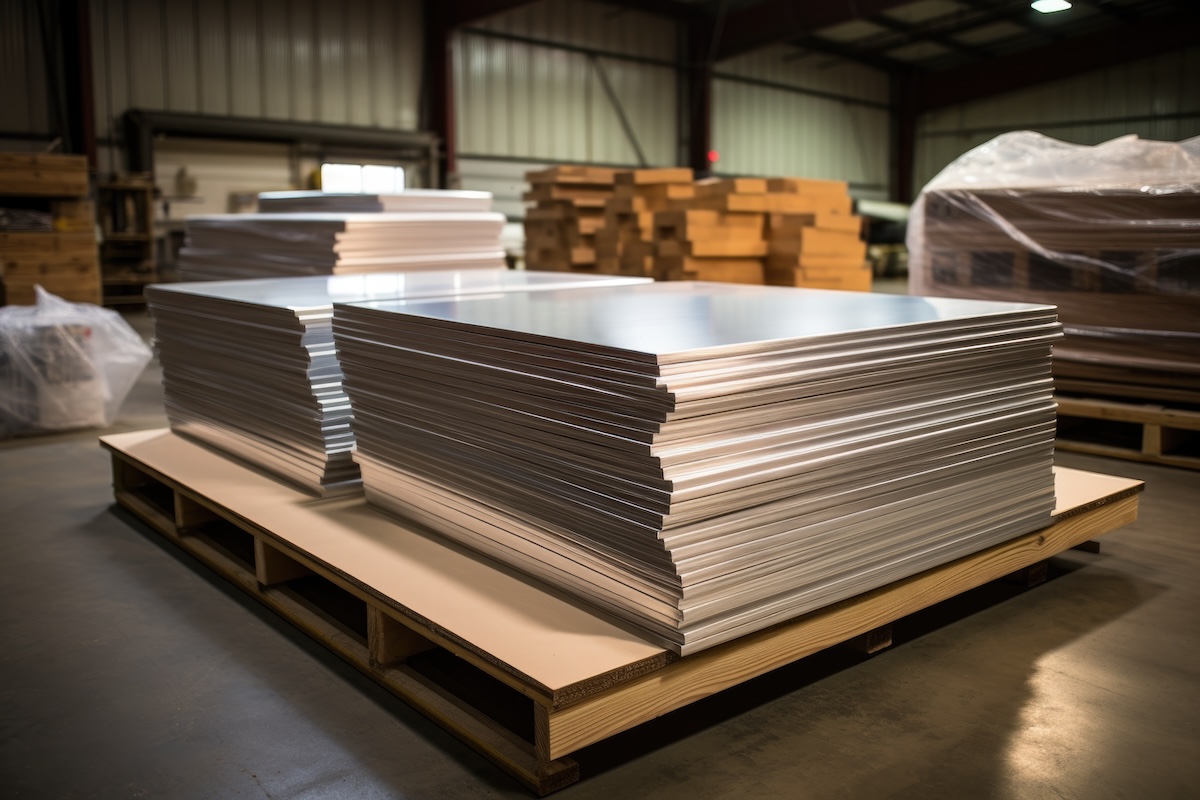



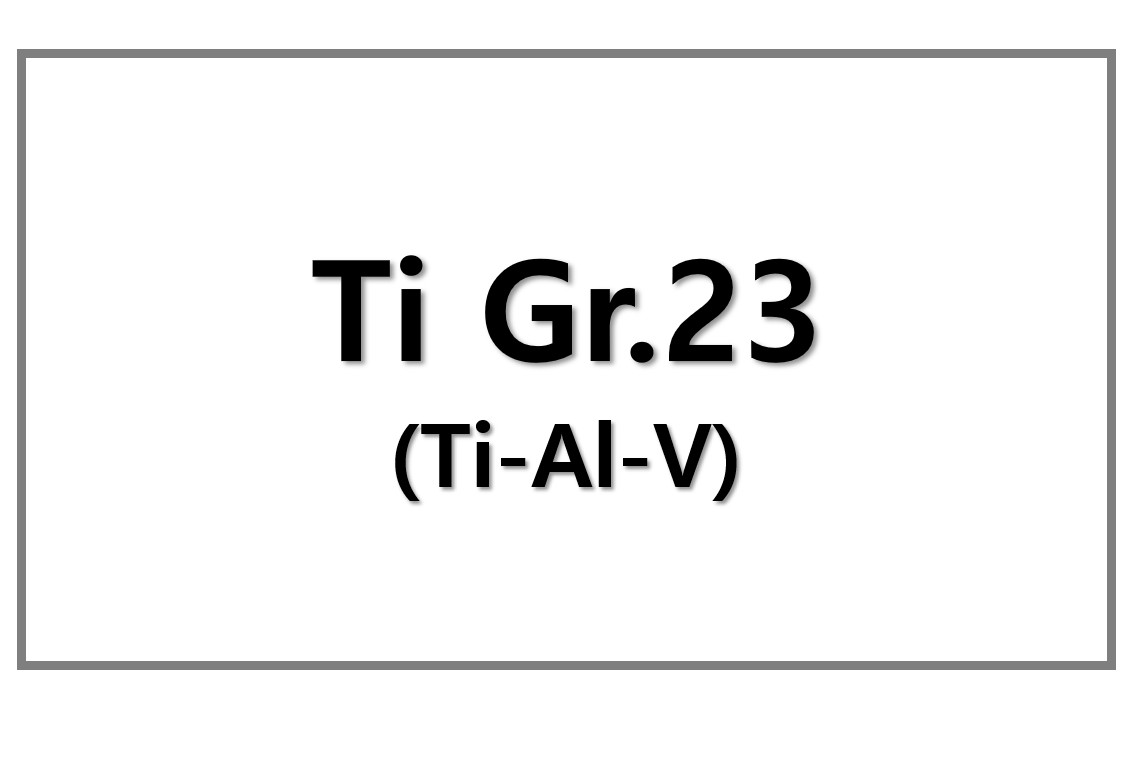
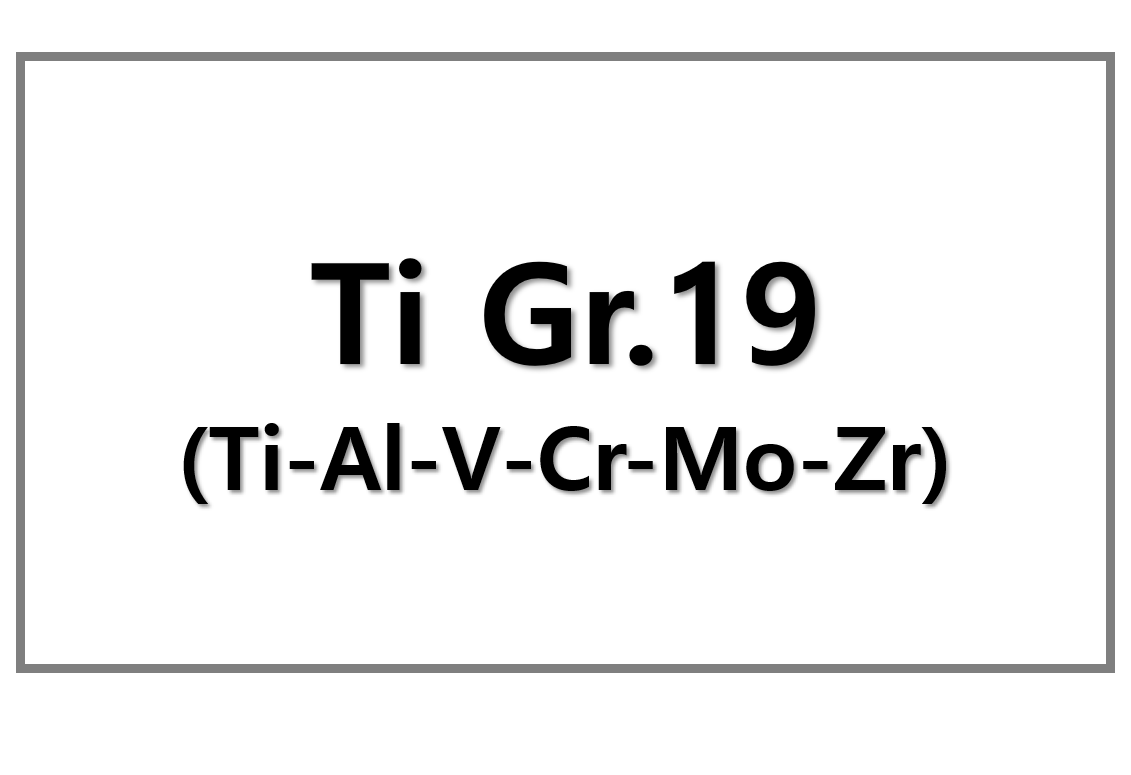
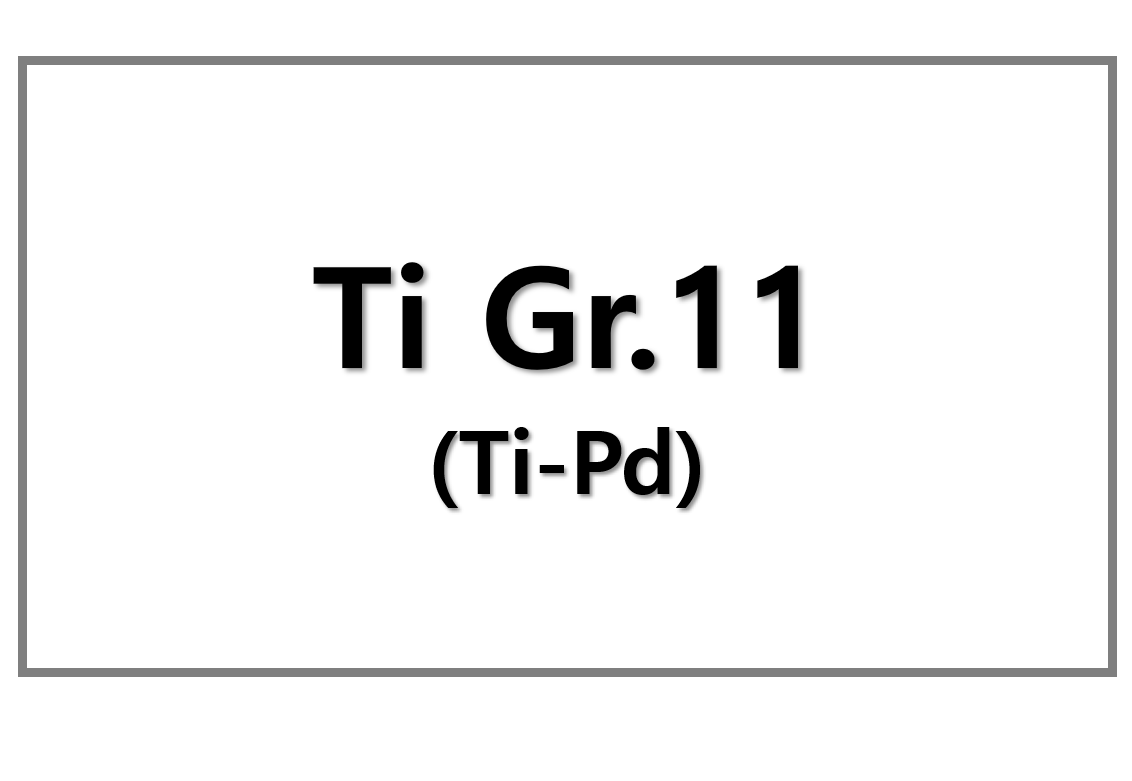
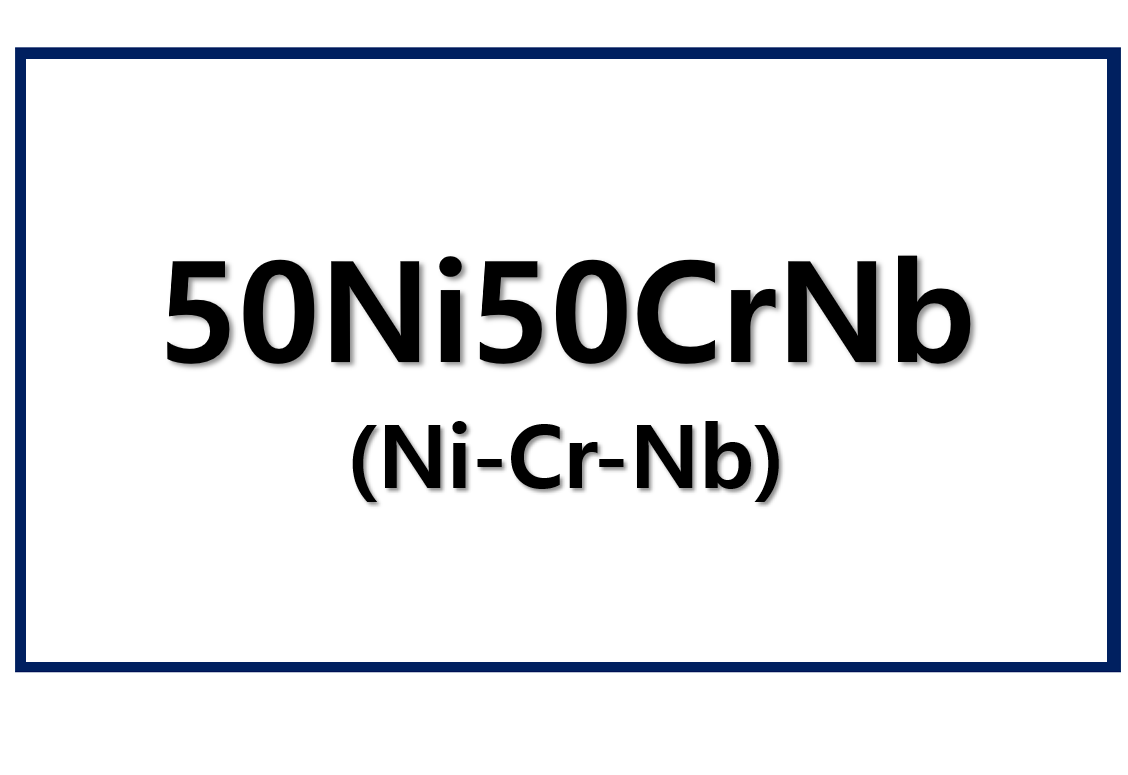
Leave a Reply
You must be logged in to post a comment.